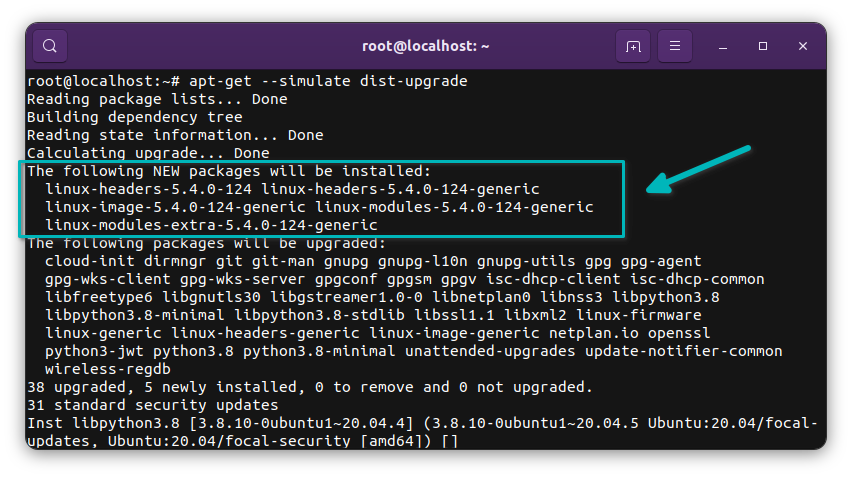In the dynamic realm of Linux operating systems, package management plays a crucial role in ensuring system stability, security, and access to the latest software updates. Two fundamental commands in package management are upgrade and dist-upgrade, both commonly used to update installed packages. While they share the common goal of maintaining system up-to-dateness, they differ in their approach and scope, impacting the overall package management process.
The Essence of upgrade
The upgrade command focuses on updating installed packages to their latest versions without altering the system’s overall package configuration. It operates within the confines of the currently installed packages, ensuring that the system remains stable and functional.

When executing the upgrade command, the package manager scans the repository for available updates to the installed packages. If updates are available, it fetches and installs them, leaving the overall package configuration untouched. This conservative approach ensures that the system remains in a stable state, minimizing the risk of introducing compatibility issues or breaking dependencies.
The Scope of dist-upgrade
In contrast, the dist-upgrade command takes a more comprehensive approach to package management. It not only updates installed packages but also handles dependencies and may remove or install additional packages as needed to maintain system coherence.

When executing the dist-upgrade command, the package manager not only scans for updates to installed packages but also considers the complex web of dependencies between them. It may identify situations where updating a package requires the installation of new dependencies or the removal of conflicting packages. In such cases, dist-upgrade intelligently resolves these dependencies and updates the system accordingly, ensuring that the overall package configuration remains consistent and functional.
Choosing the Right Approach: upgrade vs. dist-upgrade
The choice between upgrade and dist-upgrade depends on the specific requirements and risk tolerance of the user. For those seeking a conservative approach that prioritizes system stability and minimizes the risk of disruptions, upgrade is the preferred choice. It ensures that the system remains in a known and stable state, preventing potential conflicts or unexpected changes.
On the other hand, users who value the latest software updates and are willing to accept a slightly higher risk of potential issues may prefer the comprehensive approach of dist-upgrade. It not only updates installed packages but also addresses dependency changes and maintains system coherence, ensuring that the system remains up-to-date with the latest software and features.
Additional Considerations
Before executing either upgrade or dist-upgrade, it is always advisable to back up the system to prevent data loss in case of unexpected issues. Additionally, carefully reviewing the package manager’s output after the update process can help identify any potential issues that may require further attention.
Conclusion: Mastering Package Management
The upgrade and dist-upgrade commands provide essential tools for maintaining system up-to-dateness and ensuring optimal performance in Linux environments. Understanding their distinct approaches and choosing the appropriate command for the specific needs helps users balance the benefits of software updates with the importance of system stability and consistency. By employing these commands responsibly and with due diligence, users can effectively manage their Linux systems, ensuring they remain secure, up-to-date, and well-equipped for the challenges and opportunities of the ever-evolving digital landscape.